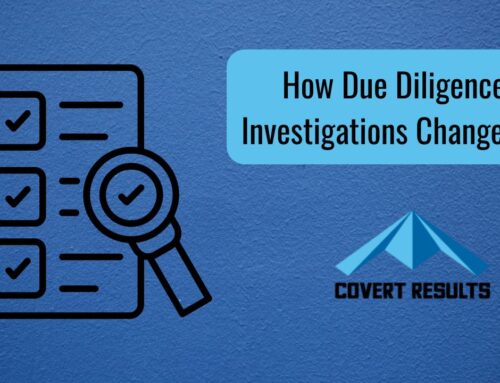In an era where unpredictability has become the norm, the safety of our schools and churches is a paramount concern. While these institutions are pillars of our communities, providing education, spiritual guidance, and a sense of belonging, they also face unique challenges in maintaining security. The goal is not just to react to threats but to fortify defenses proactively. Here’s how schools and churches can strengthen their shield against potential dangers.
1. Shift from Reactive to Proactive Security
Traditional security measures often focus on responding to incidents as they occur. However, a proactive approach involves anticipating threats before they materialize. This means conducting regular threat assessments that don’t just identify risks but actively seek out potential vulnerabilities that could be exploited. By thinking ahead, schools and churches can stay one step ahead of those who might wish to do harm.
2. Emphasize Behavioral Threat Assessment
One of the most effective ways to prevent violence is to recognize the warning signs before they escalate. Implementing a behavioral threat assessment program can help staff and volunteers identify and address concerning behaviors early on. Training key personnel to recognize these signs and respond appropriately is crucial in mitigating risks before they become realities.
3. Integrate Technology with Human Vigilance
While physical security infrastructure like surveillance cameras and controlled access points are essential, technology should complement, not replace, human vigilance. Encourage staff, volunteers, and even students or congregants to be an active part of the security process. Regularly update them on how to use security tools effectively and ensure they understand that their awareness is a vital component of overall safety.
4. Develop a Dynamic Security Strategy
Static security plans can become outdated quickly. Instead, schools and churches should develop dynamic strategies that evolve with emerging threats and changing circumstances. This includes not only regular updates to emergency plans but also incorporating lessons learned from drills, incidents in other communities, and advancements in security technology. A flexible approach ensures that safety measures remain relevant and robust.
5. Foster Collaboration with Local Authorities
Building strong relationships with local law enforcement and emergency services is not just about coordination during a crisis. These partnerships can provide valuable insights into the latest security trends and threats specific to your area. Regularly engage with these authorities to refine your security strategies and ensure that your institution is well-prepared to handle any situation.
6. Empower Your Community
A secure environment is the responsibility of the entire community, not just security personnel. Schools and churches can create a culture of security by empowering their communities to take ownership of their safety. This includes educating everyone about the importance of reporting suspicious activities and ensuring that they understand the security measures in place. When the whole community is involved, it becomes much harder for threats to go unnoticed.
7. Utilize Realistic Drills and Simulations
Conducting drills is standard practice, but ensuring that these exercises are as realistic as possible is key to effective preparedness. Use simulations that mirror potential real-life scenarios, allowing staff and volunteers to practice under pressure. The more familiar they are with these situations, the more confident and competent they will be in responding when it counts.
8. Invest in Mental Health Resources
Security isn’t just about physical threats; mental health plays a significant role in maintaining a safe environment. Investing in mental health resources for students, staff, and congregants can prevent crises from escalating. Provide access to counseling services and create a supportive environment where individuals feel comfortable seeking help.
9. Create a Transparent Communication Network
In the event of an emergency, clear and transparent communication is critical. Develop a communication network that not only alerts authorities but also keeps parents, staff, and the broader community informed. Ensure that this network is tested regularly and that everyone knows how to access it.
10. Regularly Reassess and Reinforce
Finally, security is an ongoing process. Regularly reassess your security measures to ensure they align with current threats and best practices. Reinforce these measures through continuous training and updates. Remember, complacency can be just as dangerous as the threats themselves.
Enhancing security in schools and churches requires a proactive, community-driven approach. By shifting from reactive to proactive strategies, fostering collaboration with authorities, and empowering the entire community, these institutions can create a safer environment for everyone. The goal is to be prepared, vigilant, and united in the face of potential threats, ensuring that our schools and churches remain safe havens for all.
Covert Results is the premier private investigations, armed security, cyber security, and training company you’ve been searching for. Our team of highly skilled experts has amassed over 100 years of experience in all fields, from investigations to security concerns. Being a member and working within a global network called The Entrepreneurs Organization allows us to provide excellent service anywhere on Earth – truly bringing peace of mind through our world class services! Be sure to follow @CovertResults across Facebook, Instagram, and LinkedIn for the latest information regarding investigator expertise as well as lighthearted moments shared by our community! If you need us to guide you to that peace of mind you are looking for, call or text 615-861-1680 or email contact@covertresults.com.













